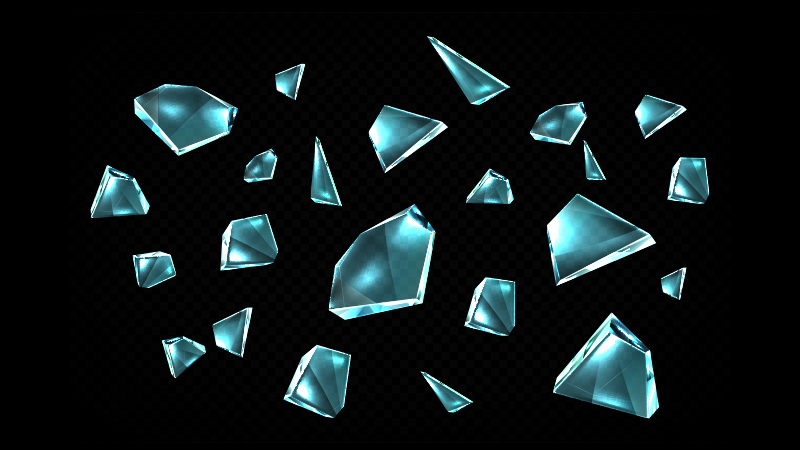
Glass Cullet Demand to Grow at 5.5-6 percent CAGR During 2019-24


Glass recycling is a major way to minimize pollution and waste accumulation which is harmful to the environment. In fact, broken glass recycling helps to reduce the yoke on glass-making raw materials like sand, soda ash, and limestone. Glass waste can be swiftly recycled and melted and turned into cullet.
Globally, cullet accounts for more than 60 percent of the global glass recycling market. The demand for glass cullet is expected to grow at 5.5-6 percent CAGR during the period 2019-2023.
“Glass is essentially produced using materials like soda pop flotsam and jetsam, limestone, and silica. These materials are procured after certain mining exercises that inconveniently influence the environment including climate. The overall production of glass molds releases hazardous gases like nitrogen oxide, carbon dioxide, and sulfur that are harmful to humans and the environment as a whole,” said Siddharth Kannan, Research Analyst at Beroe. “Glass cullet is the only rescue tool for the glass manufacturing process. These are not only safe but also boost the overall glass manufacturing process. You can save crude materials and nullify mining costs. Also, the usage of glass cullets may restrict deadly gas outflows and lower energy costs”.
A pivotal reason for the upliftment of this industry is the surge in awareness for sustainable development and government policies regarding glass recycling.
Countries like Europe have recycled 90 percent of the glass and it is expected to grow significantly in the next few years with more and more countries adopting sustainability. Regions like Sweden, Belgium, and Slovenia have separate collection systems and have a glass recycling rate of more than 95 percent.
Countries such as Turkey, Greece, Cyprus, and Malta have lower recycling rates of around 50 percent due to poor government support and collection gap. For example, various European countries have amplified their tax rates and also established circular economy packages that facilitate recycling activities.
Today, container glass is a part of the key facet that is used to manufacture glass cullets. Moreover, the container is highly used as compared to other types of glass. For example, 1 kg of glass cullet replaces 1.2 kg of raw materials used in glass-making. This helps to minimize energy costs; for every 10 percent addition of cullet, energy falls by 3 percent. This, in turn, reduces operating costs.
From a sustainability point of view, 10 percent of cullet addition reduces carbon dioxide by 5 percent. Talking about collections practices, they are done by municipalities and inter-urban organizations. At the industry level, the contract is approved for 1 hour between buyers and vendors. In India, industry procures cullets at a much lesser cost. In fact, cullet cost differs and depends on various factors like supply and sorting. Whereas in the U.S., companies have come up with various formulas to calculate cullet prices.
“Undoubtedly, the glass recycling market will bloom and witness more traction in the future where Europe will be leading the game. With Government support and increased sustainability awareness, we can quickly achieve the goal of a safe and clean environment”, said Siddharth Kannan, Research Analyst at Beroe. “In terms of environmental benefits, for every 6 MT of glass cullet used, 1 MT of CO2 emissions are reduced. Glass bottle recycling prices are also low, we are thriving the wave of sustainability in the glass industry with glass cullet”.
Related Insights:
View All
Get more stories like this
Subscirbe for more news,updates and insights from Beroe






